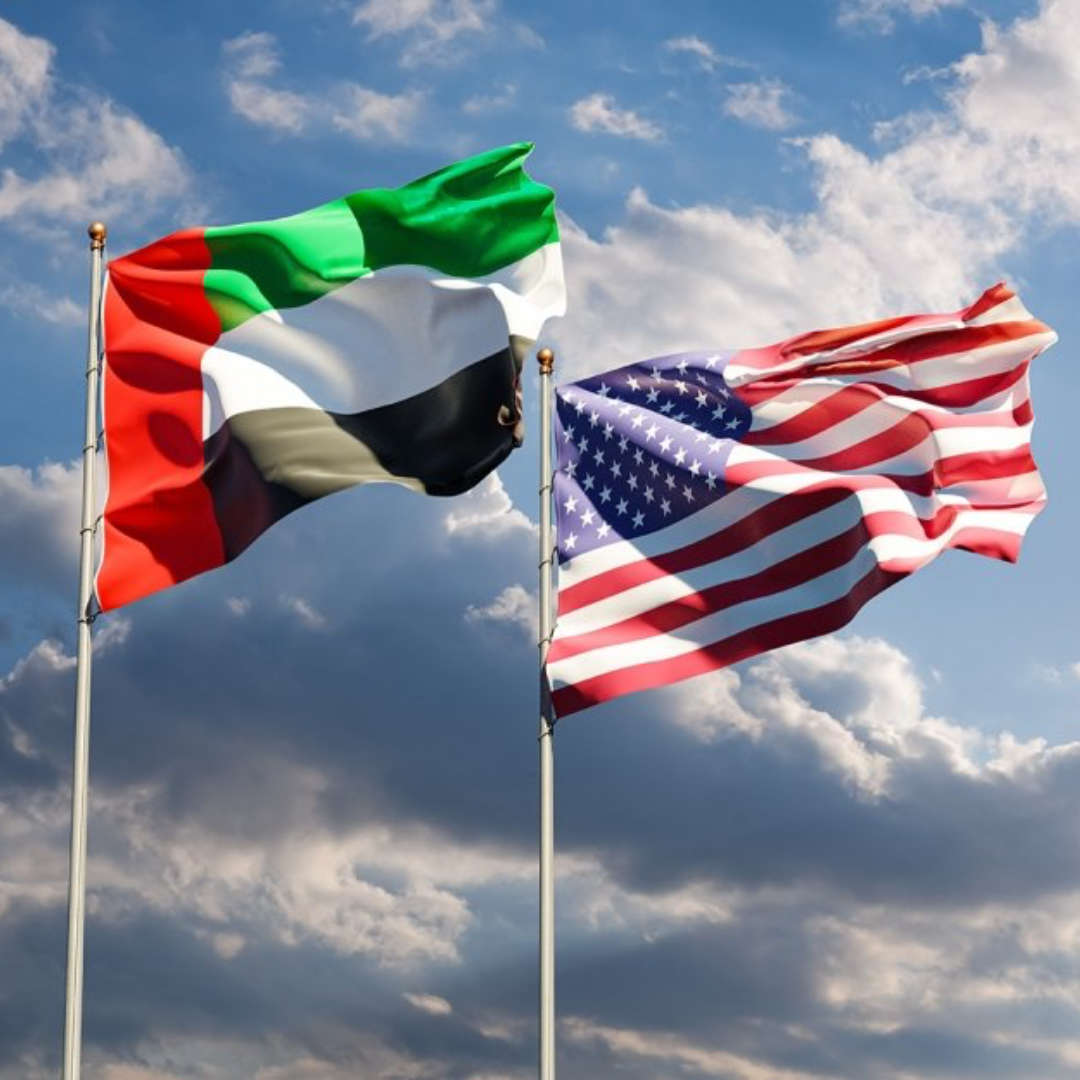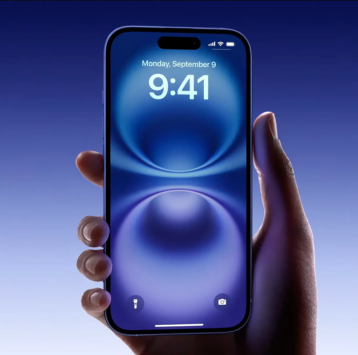
Dubai is taking major steps toward the future of urban mobility, with progress on projects to enhance its road networks, public transport systems and aerial taxi services.
During a briefing at Emirates Towers, His Highness Sheikh Hamdan bin Mohammed bin Rashid Al Maktoum, Dubai's Crown Prince and the UAE's Deputy Prime Minister and Defence Minister, reviewed the latest updates on key infrastructure developments — including the aerial taxi project and The Future Loop, part of the Dubai Walk Master Plan.
Officials from Dubai’s Roads and Transport Authority (RTA) briefed Sheikh Hamdan on successful operational trials of the electric vertical take-off and landing aircraft, conducted by Joby Aviation.
The first crewed test flight took place between Margham and Al Maktoum International Airport, marking a milestone towards launching passenger services in 2026.
The aerial taxi will be fully electric, capable of carrying four passengers and a pilot at speeds of up to 320 km per hour, with a range of 160 km.
Work is also underway on vertiport facilities, with the first being built near Dubai International Airport.
Sheikh Hamdan said Dubai’s continued investment in infrastructure is an investment in its people and its future — reinforcing the city’s position as a global model for smart, sustainable, and connected living.
Rail projects
Upon completion of the Blue Line project in 2029, the total network length will increase from 101 km to 131 km, including 120 km for Dubai Metro and 11 km for Dubai Tram.
The number of stations will rise from 64 to 78, comprising 67 Metro stations and 11 Tram stations. The fleet size will also expand from 140 to 168 trains, with 157 serving the Metro and 11 serving the Tram.
Integrated Infrastructure
Sheikh Hamdan was also briefed on the RTA’s plans to enhance integration across Dubai’s roads and transport network.
The plan comprises 72 projects scheduled for completion by the end of 2027, covering the development of 226 km of roads and 115 bridges and tunnels across key development areas. It also includes the construction of 11 main corridors in various parts of the emirate.
His Highness reviewed the progress of The Future Loop Project, which forms part of the comprehensive Dubai Walk Master Plan aimed at transforming Dubai into a pedestrian-friendly city year-round.
The master plan covers the development of pedestrian pathways across 160 areas, including the construction of 3,300 km of new walkways and the rehabilitation of 2,300 km of existing routes by 2040, in addition to more than 900 km to be implemented beyond 2040.
The plan also includes the construction of 110 pedestrian bridges and tunnels to enhance inter-area connectivity, with the goal of increasing the share of pedestrian and individual mobility from 13% at present to 25% by 2040.
The Future Loop features an iconic bridge spanning 2 km in length and varying in width from 6 to 15 metres, connecting major economic and business landmarks, including the Dubai World Trade Centre, Museum of the Future, Emirates Towers, Dubai International Financial Centre (DIFC), and nearby Metro stations.
The pathway includes a climate-controlled upper level covering 30,000 square metres, allowing for year-round pedestrian use, alongside an additional 30,000 square metres of open spaces incorporating shaded structures and landscaped areas designed to lower ambient temperatures and enhance pedestrian comfort.
Hamdan bin Mohammed reviews progress of infrastructure projects designed to enhance the road network, public transport systems, aerial taxi services, and The Future Loop project that forms part of the Dubai Walk Master Plan.https://t.co/AY6sxKGF8n pic.twitter.com/SUAGPhIhNT
— Dubai Media Office (@DXBMediaOffice) November 11, 2025



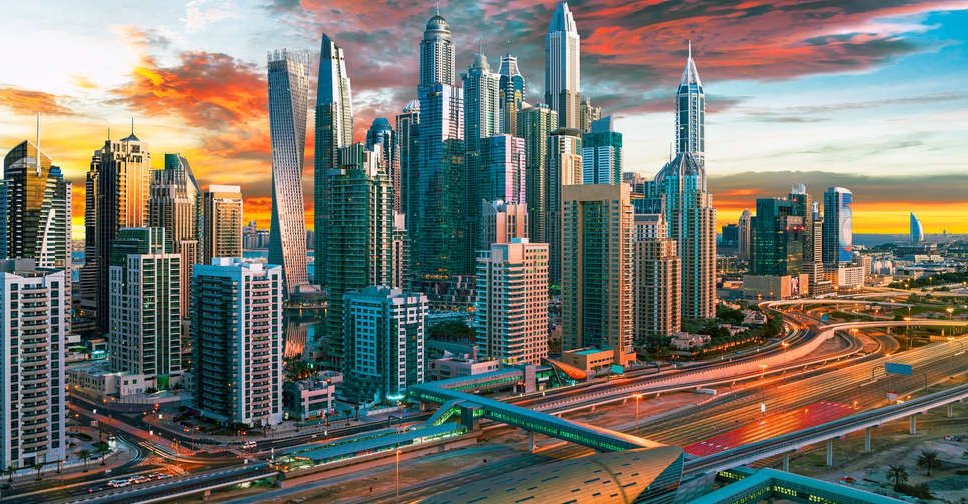 New committees to develop Dubai's film and gaming sectors
New committees to develop Dubai's film and gaming sectors
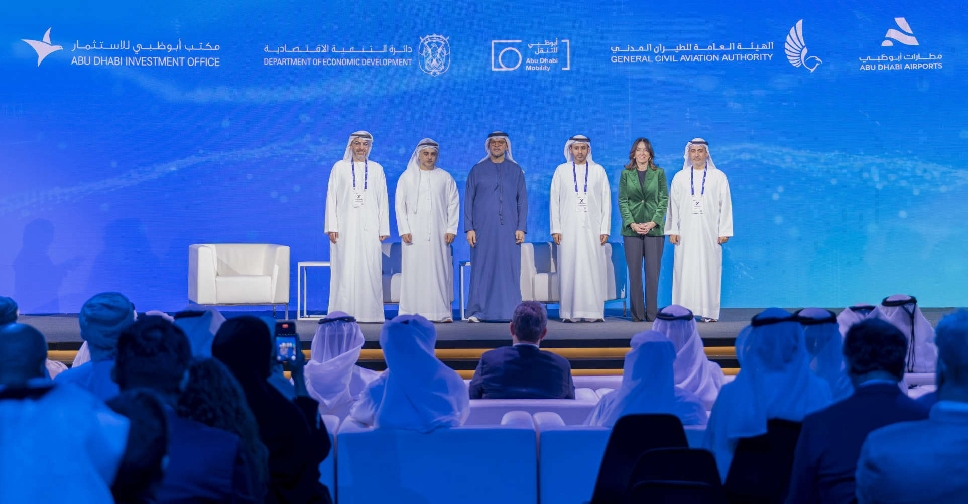 Abu Dhabi Airports to lead emirate-wide vertiport network
Abu Dhabi Airports to lead emirate-wide vertiport network
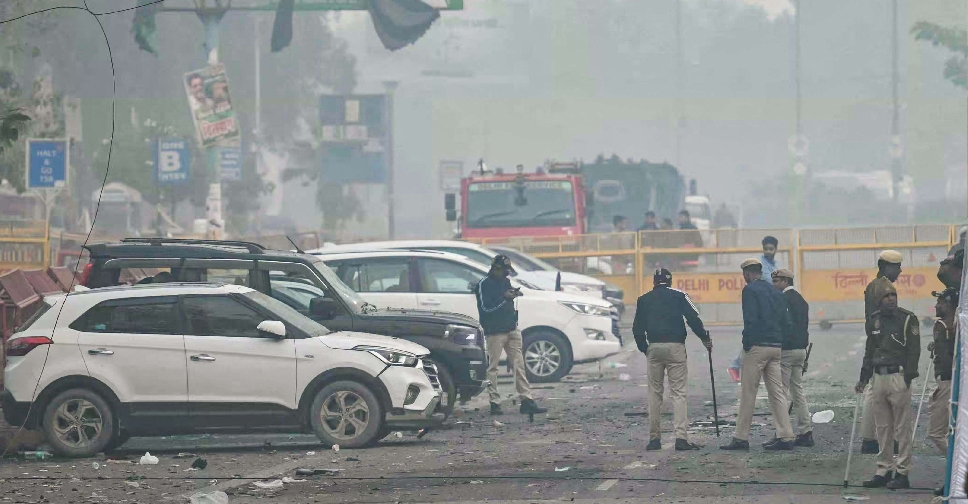 UAE condemns Delhi explosion
UAE condemns Delhi explosion
 H.H. Sheikh Mohammed launches search for next 'Arab Hope Maker'
H.H. Sheikh Mohammed launches search for next 'Arab Hope Maker'
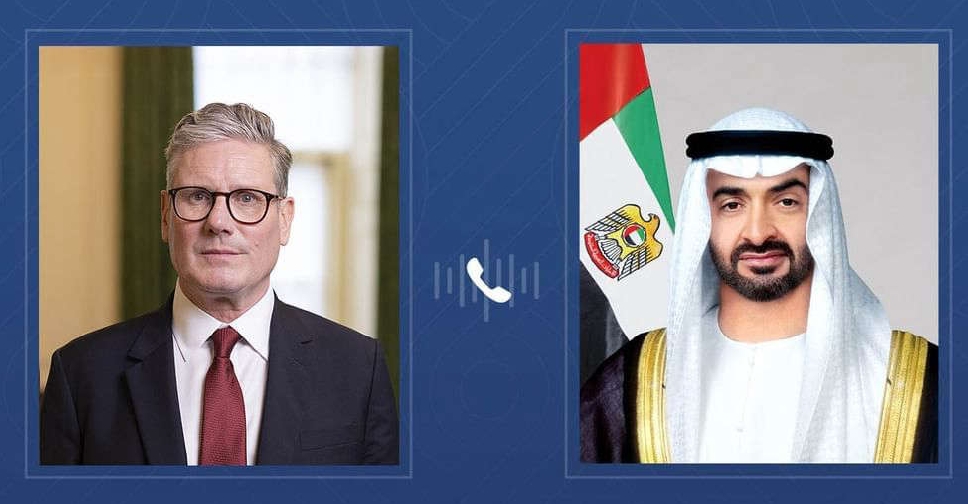 UAE President, UK PM discuss stronger partnership, regional stability
UAE President, UK PM discuss stronger partnership, regional stability


